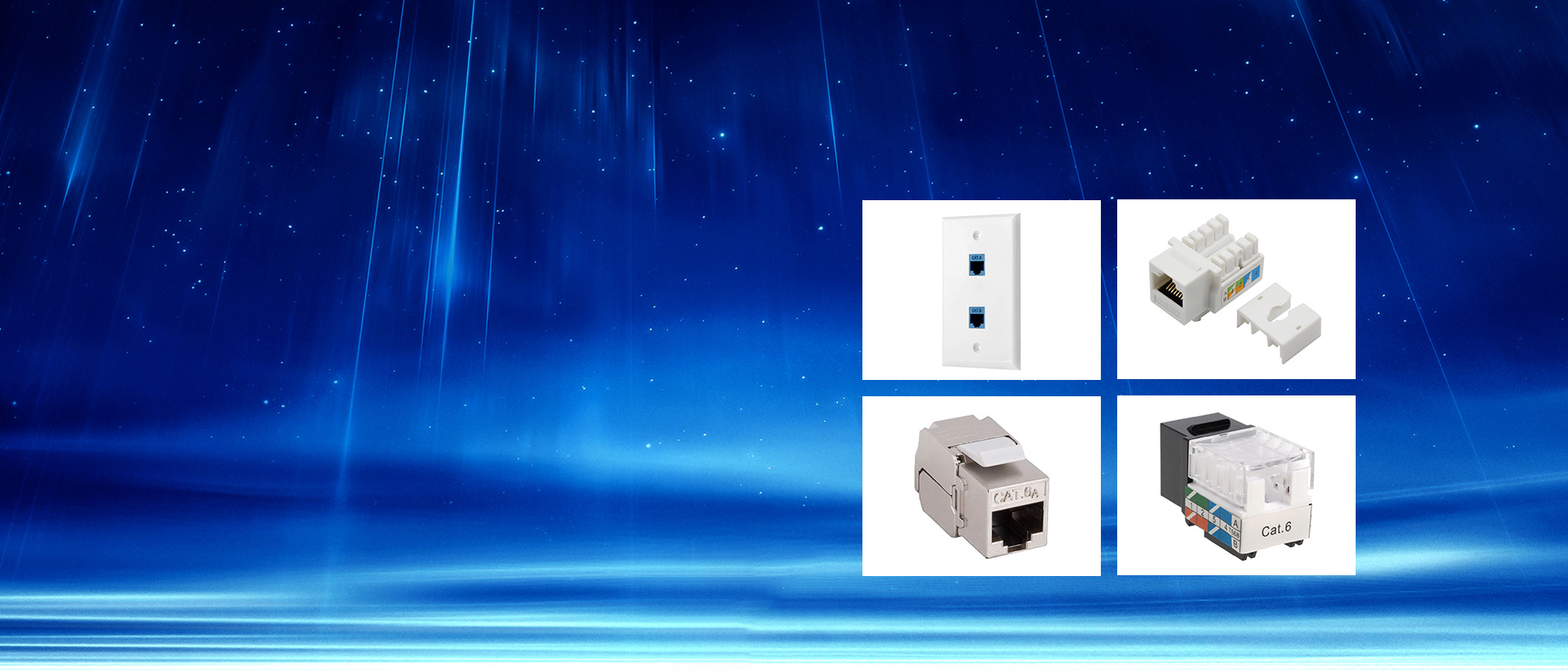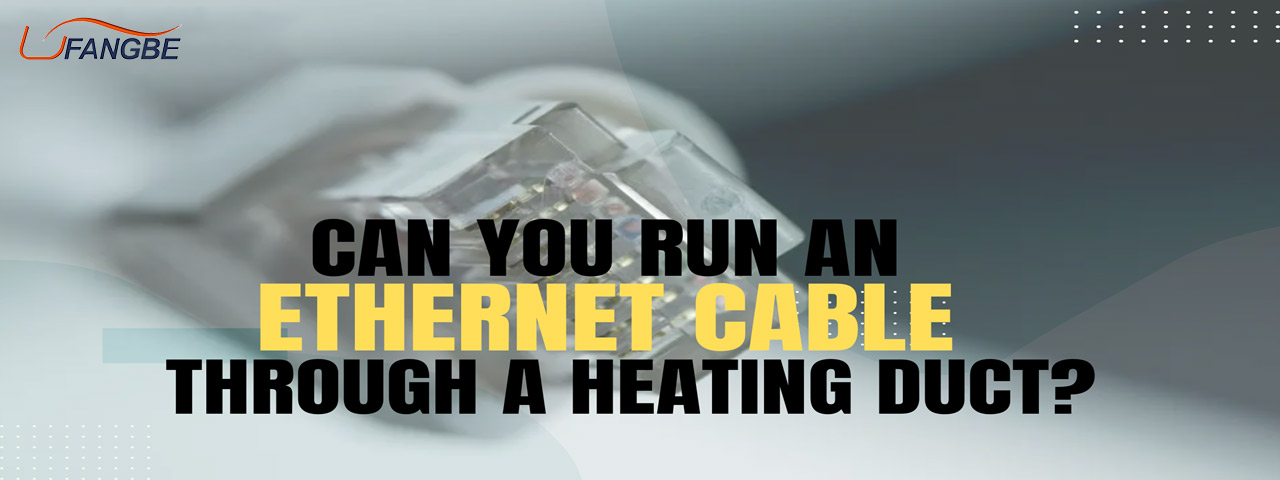Can You Run an Ethernet Cable Through a Heating Duct?
The majority of us use wireless devices, such as laptops, phones, and televisions, to access the internet. These devices are linked to the internet via WiFi, which sends wireless signals throughout your home.
These cables are known as Ethernet Cables. Ethernet cables are used to connect switches, routers, and PCs within a local area network. Although Ethernet cables may appear unmanageable or limiting, they can significantly increase your internet’s speed and dependability.
Here’s all the information you need to know about Ethernet cables and whether you can run them through a heating duct or not.
Using Ethernet Cable via Heating Duct
Running an Ethernet cable through a heating duct raises significant safety concerns and typically violates building codes and regulations for several reasons. We have gathered some information that explains why you shouldn’t use Ethernet cable through a heating duct:
Fire Hazard
When in use, heating ducts can reach extremely high temperatures, which makes it extremely dangerous to store combustible items like Ethernet cables inside of them. There is a chance that the cable could catch fire if its insulation deteriorates or if it gets too hot.
Electrical Hazards
Electrical wiring is not intended to be installed in heating ducts. The risk of electrical hazards, such as short circuits, electrical shocks, and damage to the insulation of the cable, increases when an Ethernet cable is run through a duct.
Violating the Building Code
Most building codes strictly forbid running cables through heating ducts, particularly when it comes to electrical or networking cables. These regulations are in place to guarantee that safety standards are followed and to safeguard property and its occupants from possible risks.
Degradation of Signal and Interference
Heating ducts’ metal construction can obstruct Ethernet signal transmission, resulting in lost data, dropped connections, and unsatisfactory network performance. Furthermore, vibrations from air movement in the ducts may interfere with the signal from the cable.
Possible Harm to the Cables
Heating ducts contain sharp edges and rough surfaces that can damage Ethernet cable insulation and jacketing. The conductors may become exposed as a result of this damage over time, raising the possibility of electrical failures and signal interference.
Pros and Cons
Using Ethernet cabling in a heating duct may seem like a convenient idea, but it has its pros and cons. Let’s discuss them simultaneously.
Pros
Let’s take a look at the pros below:
Concealed Wiring
By passing Ethernet cables through heating ducts, you can conceal the wiring and avoid having visible cables running along the walls or floors. This results in a cleaner, more organized look.
Protection from Physical Damage
Ethernet cables in ducts are vulnerable to physical harm from pets, as well as other dangers that might exist in more exposed areas.
Minimal Obstruction
Using Ethernet cables in heating ducts can minimize the obstruction of cables in living or working spaces. This also helps with maintaining the aesthetics of your home, as ducts usually run through walls and ceilings.
Cons
Now, have a look at the cons below:
Fire and Electrical Hazards
Particularly when in use, heating ducts can get very hot. If the Ethernet cables are not rated for high temperatures or if the insulation deteriorates over time, installing them in these ducts increases the risk of fire, electric shocks, and short circuits.
Potential Damage to Cable
Inside heating ducts, there are sharp edges and rough surfaces that can harm Ethernet cable jacketing and insulation, exposing the conductors and raising the possibility of electrical short circuits.
Safe Ethernet Cable Installation Practices
Choose a cable category (Cat5e, Cat6, etc.) that meets your network speed requirements.
Avoid sharp bends that can damage the internal wires. Refer to the cable’s specifications for its minimum bend radius.
Don’t pull or stretch the cable excessively. Leave slack at both ends for easy connection and future adjustments.
Keep Ethernet cables at least a few inches away from power cables to prevent electrical interference.
Label both ends of the cable for easier identification and troubleshooting.
Utilize cable ties, straps, or panels to organize and secure the cables neatly, preventing tangles and strain.
By following these safe practices, you can ensure a reliable and long-lasting Ethernet network installation for your home or office.
When Professional Help is Recommended?
If your project involves running cables across multiple rooms or floors, which can get complicated with planning cable routes or necessitates drilling through walls or ceilings, consider consulting a professional like Fangbei Cables about cable selection and safe installation practices. They can recommend a qualified installer to ensure a smooth and optimal network setup.



